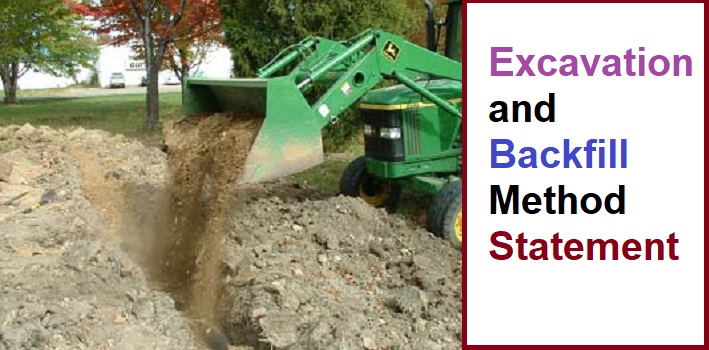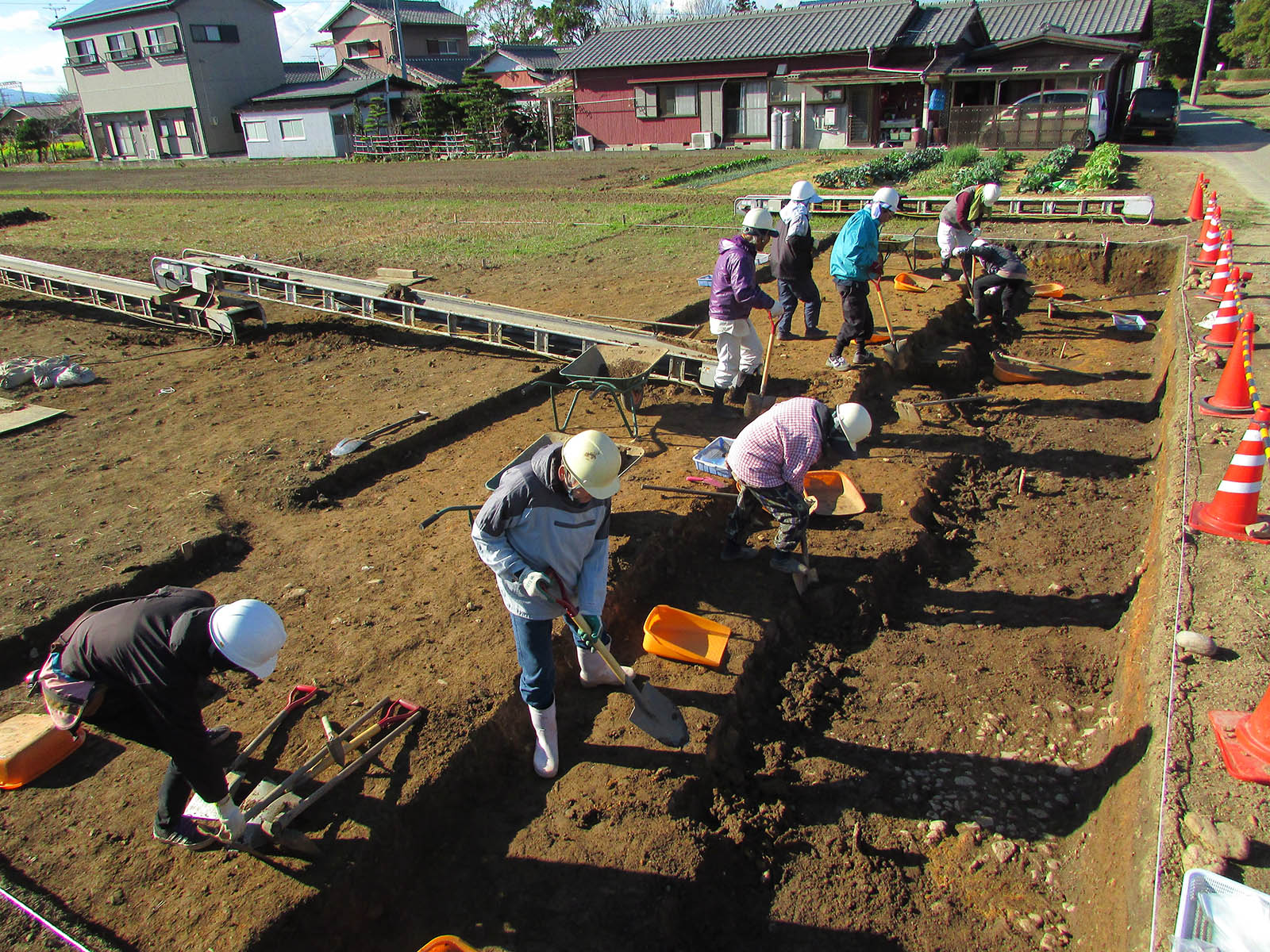Little Known Questions About Trencher.
Wiki Article
The smart Trick of Excavating Contractors That Nobody is Talking About
Table of ContentsGetting The Concrete Contractors To WorkNot known Facts About Excavation CompaniesThe 7-Second Trick For TrencherThe Demolition Statements10 Simple Techniques For Excavating Contractors


Scrapers or Pans dig deep into dirt in one place, haul and dispose the soil in another area (concrete contractors). It is hard to match the efficiency of scrapes for cut/fill soil procedure if the haul distance is less then a mile. Scrapers are normally pulled by a rubber tire wheel tractor as well as are sometimes pushed through the cut location by a bulldozer.
There are several times that scrapes are not utilized for site grading and also a dump vehicle is used: the haul may be to long, the haul might go across roadways where scrapes are not permitted, acid rock may be come across, devices availability, and so on. Unload vehicles are in common usage and also probably require little conversation.
"Rock body" beds, on the other hand, have no tailgates and can unload any dimension rock, although their volume capability is reduced. Compaction Equipment enhances the thickness of the soil and in some instances supplies a smooth, rolled surface area.
9 Easy Facts About Excavation Companies Described
From a basic examination pit to percussion boring to core drilling the owner has significantly more expensive choices that produce progressively much better data about the site underground. For instance, the Proprietor on a 100,000 SF structure job may license twenty uninteresting places with split spoon soil examples taken till rock is reached and afterwards core samples of rock.Understanding the kind and also top quality of rock (from the core samples) and also place of rock (from the dirts boring) is an actual benefit in jobsite planning. Alternatively, the Owner of a 100,000 SF building might make a decision to wage no geotechnical screening whatsoever. The choice about geotechnical screening is generally made by an Owner without input from the Building Supervisor.
The area on Soils as well as Geology aids you comprehend the terms in the geotechnical record. An expertise of the approximate location of the rock helps the Building and construction Manager to intend the sequence of steps complying with rock excavation. If rock remains in one corner of a huge building job, for instance, the earth excavation can start at the opposite end of the building in order to begin foundation job soonest.
Beginning the structure work early would be an excellent concept if the rock might be gotten rid of by ripping. However, if the rock is exceptionally hard and also requires substantial blasting, it may be prudent to hold foundation job until the blasting is completed. The excavator hire Construction Supervisor ought to work with these sorts of choices as well as make use of all the technical date available.
The Definitive Guide to General Contractor
Unclassified excavation states that all rock or other unanticipated materials (omitting unsafe materials) run into in the sitework will certainly be the obligation of the Professional at no adjustment in agreement cost. An unclassified excavation is simpler from a book-keeping perspective as well as puts the responsibility for geotechnical problems onto the Sitework Professional.It's fantastic what a hefty rain can do to a building task. Prior to the rainfall, the website might be completely dry, heavy tools successfully moving planet, the various other professions efficiently doing their job.
In many locations of the world, the Construction Manager need to bear in mind a simple fact: IT WILL RAIN. Great planning can lessen the damages as well as interruption of a hefty rainfall to a jobsite. Often the excavation and grading is delegated the Sitework Professional (and also their Foremen is accountable to supervise as well as direct the hefty devices as well as operators).
The Building Manager need to be continually conscious of what rain will do to the project website. It is not unusual for the Sitework Foreman to work their hefty tools for optimal effectiveness as well as hope it doesn't rainfall. One of the very best methods to prepare for rain is to slope all grades excavation work to drain and also to smooth rolled the surface area before a rain.
Indicators on Grading Contractors You Need To Know
The Building and construction Supervisor should be perceptive enough to insure that heavy rain does not quit working on the project longer than necessary. Daily discussions with Sitework Foremen may be called for to attain this objective. At any time excavation is called for listed below the existing groundwater level on a job, the procedure of dewatering need to be thought about.In a truly natural dirt, the water travels so slowly via the clay or silt that dewatering is not normally needed for the reasonably brief time of excavation. Dewatering may be required for a solitary footing excavation or for a whole job website. The most typical dewatering techniques are trench drains, deep wells and also well points.

Ground water seepage can also be reduced by cutoff techniques such as sheet stacking. The prices for dewatering can be staggering, including tools rental, labor and also power (or gas). High dewatering prices have faded the profit margins on much also numerous jobs. The several variables listed here make the task of estimating dewatering expenses very tough, as well as really inexact.
This option ought to constantly be thought about when analyzing the possibility of dewatering. Undoubtedly the option is only practical if gravity can run the water to lower ground. Trench drains can be reduced with a backhoe and also full of a crude, granular product (# 4 rock for example), however treatment must be exercised in selecting the water outlet kind and area.
7 Simple Techniques For Concrete Contractors
A siphon, necessarily, utilizes atmospheric stress to carry water from one elevation, up over a barrier, to a reduced elevation. The pipelines in a siphon system have to be closed and some ingenuity is commonly required to entirely fill up the siphon pipeline. The siphon pipe need to be full for the siphon to start.A deep well includes a pump, tube as well as an upright well casing. The pump intake is at the base of the well case (usually some smashed stone is put there as a filter tool) (excavation contractors near me). The water is inflated the tube, out of the well housing, and to an appropriate discharge area.
In a coarse sand, as an example, a huge location can be pumped to near the pump intake elevation. A much less permeable dirt, on the various other hand, reduces the efficiency of a deep well. Since the pump is typically at website link the bottom of the deep well, there are no height restrictions as a result of vacuum lift, and deep wells can lower the groundwater over 50 feet.
Under of the wellpoint there is a 2 foot long screen and also shutoff, water jets out of this shutoff and also develops an opening into which the wellpoint pipe can be lowered. This opening is frequently made a larger diameter (for example 10 inches) to permit a crude sand backfill to help filter the water (excavating contractors).
Report this wiki page